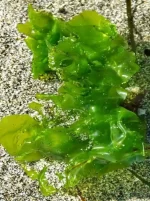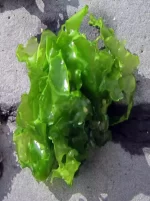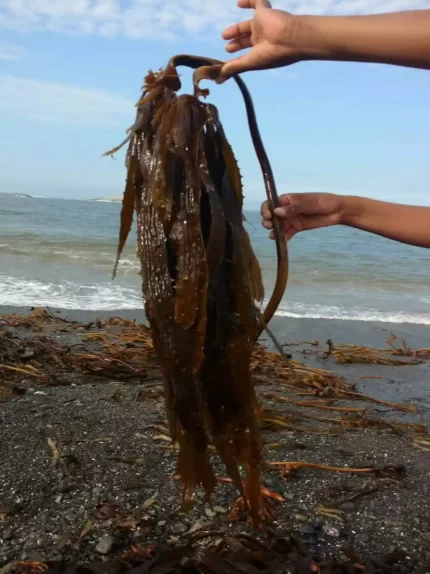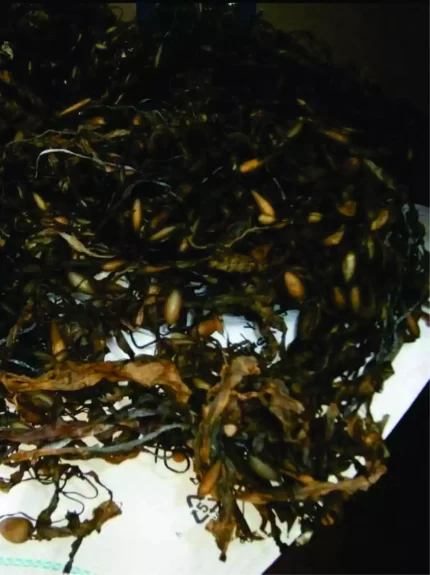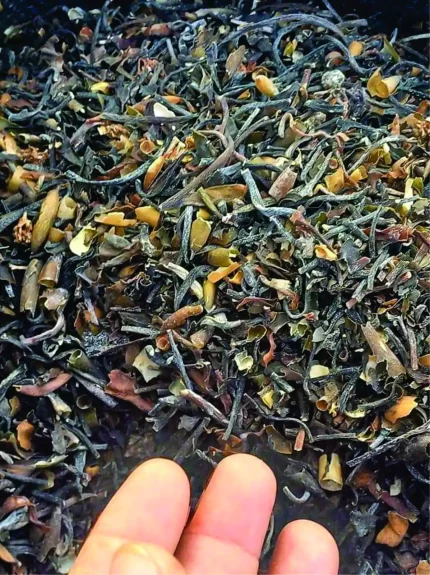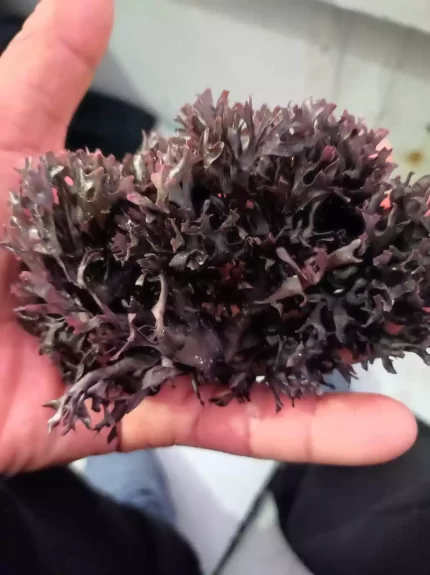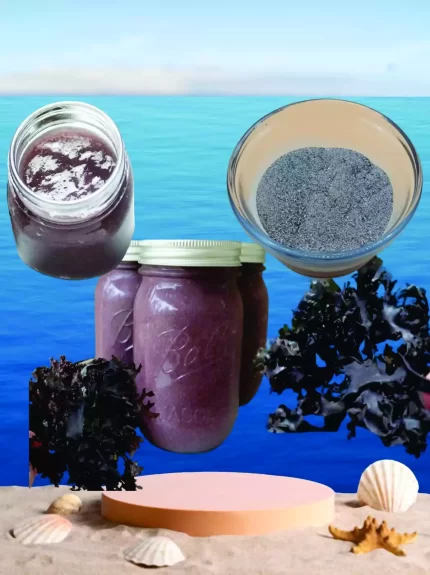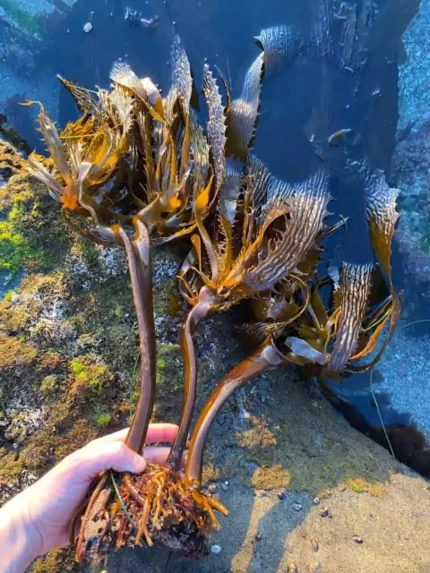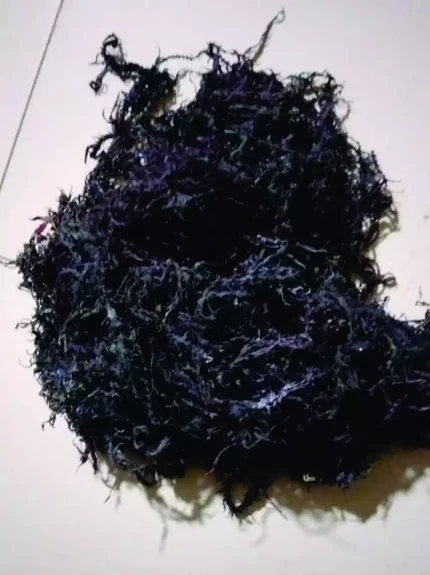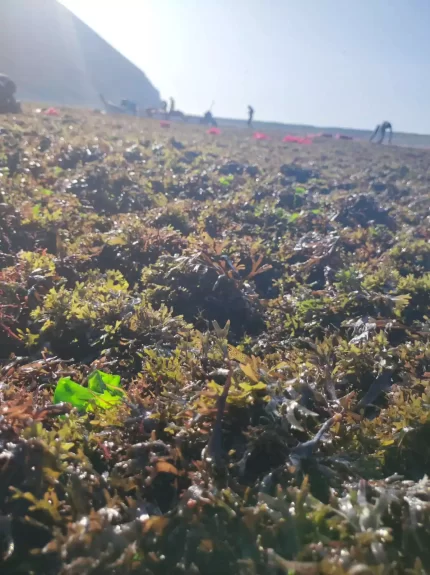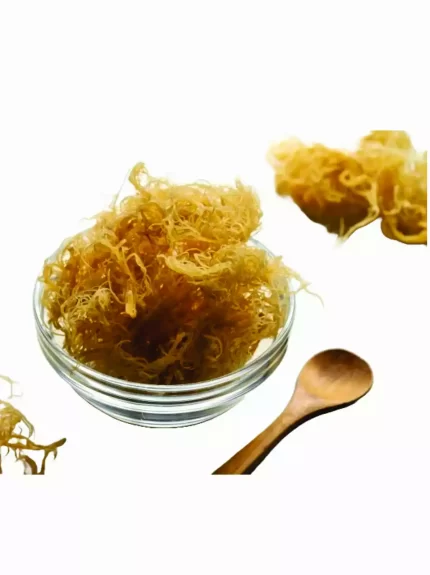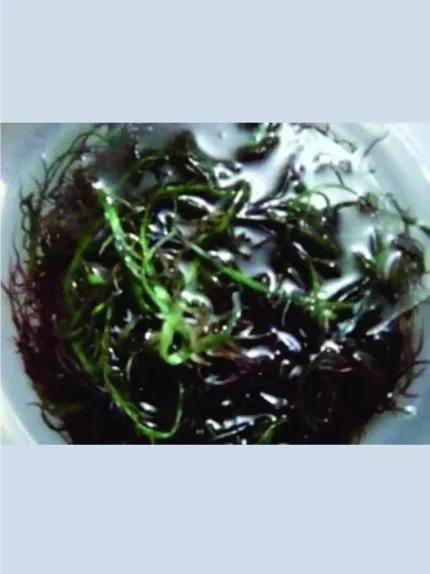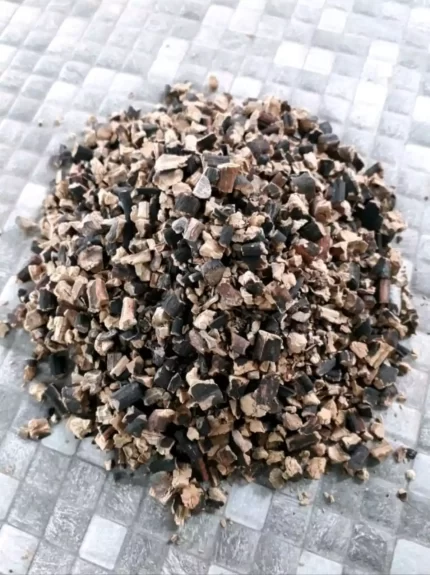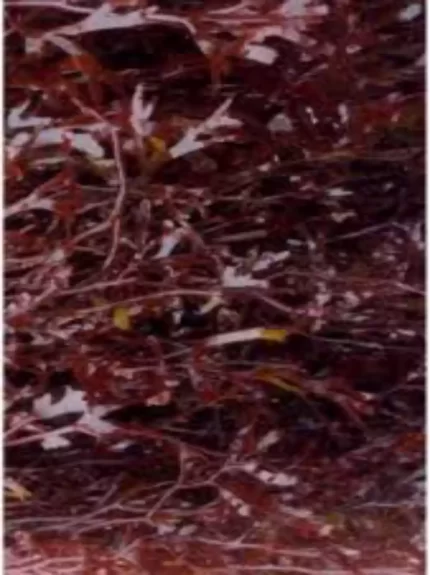Description
Distribution and Biology:
It grows in the intertidal zone of most of the world’s oceans. Its long leaves give it a lettuce-like appearance. It lives in shallow areas, rich in minerals. Composed of translucent sheets. It is a perennial green algae that, thanks to a disc that acts like a limpet, adheres to rocks, shells and other algae.
Applications:
Sea lettuce has been used in Japanese cuisine for thousands of years. Much appreciated by dieticians, ulva is one of the best-known food algae in Europe. In France, it has been harvested off the Brittany and Charente coasts for more than ten years and is consumed as a seasoning marine spice. It is integrated into traditional cuisine from the gastronomic and dietary point of view. Its ability to absorb nitrates means it is used to decontaminate rivers by stringing together sea lettuce to filter the water. They are then harvested, replaced with new algae, and buried. Seaweed has been a part of the human diet for hundreds of years. In Peru, the oldest archaeological evidence of seaweed consumption is found along the Peruvian coast e.g. in Pampa (ca. 2500 BC), in Playa Hermosa (2500-2275 BC), small marine algae were also found in the mummies of the Paracas culture, which indicates that marine algae could have been used by ancient Peruvians to supplement their diets. In Peru, the consumption of seaweed is booming, caused by the growing interest of consumers for foods with high nutritional value. The objective of this research was to determine the quality of protein, vitamins, minerals and amino acids of the algae Ulva lactuca for human consumption. The protein analysis was done by the Weende method, the vitamin and mineral analysis by the AOAC method, the amino acids were determined by the ion exchange method, using an amino acid analyzer, the biological evaluation of protein quality, by the Protein Efficiency Ratio (PER), and the Net Protein Ratio (NPR). The results were: protein 27.38%, fiber 3.37%, fat 0.48%, etc.; in vitamins: 0.257 mg/100g thiamine, 0.05 mg/100g riboflavin, 0.3 mg/100g carotene; minerals: 2.1 μg/g copper, 25.6 μg/g zinc, 21.81 mg/g calcium, 15.14 mg/g magnesium; in amino acids: 1.32% lysine, 0.2% histidine, 1.54% arginine, 2.05% aspartic acid. In protein quality, 1.16 were found with the PER test and 2.2 with NPR. It is concluded that the Ulva lactuca alga presents protein, vitamins, minerals and essential amino acids, potentially usable in the food industry; In addition to being a healthy food for human nutrition, it is transported and received at the plant and the following procedures are carried out there. – Selection and cleaning of materials foreign to the product, whether they are pebbles, shells, etc.
– Packed in transparent plastic bags with the weight according to the client, packed in boxes with stipulated weight.
Store at room temperature in a dry place. Keep away from direct sunlight and direct contact with the ground. Once opened store in an airtight container in a dry place and consume before the date of consumption
preferred – Intended use: Prior preparation of hydration and/or cooking is required.
– Hydration: Immerse yourself in water for 5 minutes. Once hydrated, it increases 6 times its weight dry
– Cook and use: For 20 minutes and use in salads, scrambled eggs, soups, creams, stews and casseroles. Battered and fried. As a thickener and stabilizer in the preparation of sauces, jams and desserts.
– Intention to consume: General public, except babies and young children.
Final destination: In supermarkets, fruit and vegetable sections and/or organic products section; Specialized food stores, organic stores, greengrocers, herbalists and gourmets, national and international




